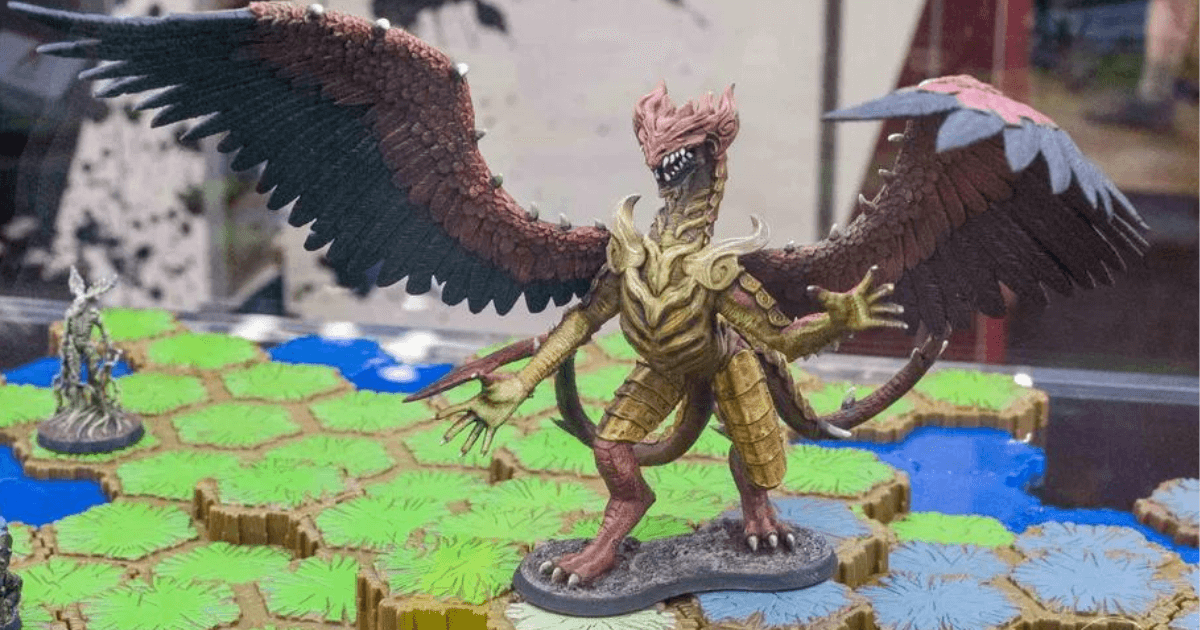Amid a Nostalgia Wave, the Kidult Market is Growing

The wave of nostalgia that swept through consumer products during the pandemic is showing little sign of receding and has caught hold with a growing number of “kidults.”
While the kidult market is relatively small – about 5% of global toy sales – and has been slowly building; it carries outsized influence since it sweeps across Gen Z, Gen X, millennials, and baby boomers. And it’s a category that’s getting increased attention from toy and apparel makers that are coming to market with not only superheroes and other entertainment-related products, but also corporate brands.
For example, Hasbro’s Avalon Hill is reviving the battle game Heroscape this fall as Heroscape: Age of Annihilation with unpainted miniatures, 12 years after the tabletop game known for a customizable hexagonal board, vanished from the market. It began life in 2004 under Hasbro’s Milton Bradley label, before shifting to Wizards of the Coast and now Avalon Hill, and has previously included characters from Marvel, Dungeons & Dragons, and Wizards of the Coast. Basic Fun launched a $100 version of Lite-Brite, a Hasbro-licensed brand first introduced in 1967, that now can be assembled into wall art.
At the same time, Basic Fun is keeping Lite-Brite au courant with a licensed Stranger Things version, a nostalgia-tinged series that is set in the 1980s. And on the corporate side, Mattel’s Mega division is selling a 3,283-piece buildable Tesla Cybertruck that’s being paired with the Hot Wheels brand at $100, less expensive than the full-size version ($39,000) that is due in 2023. And for nostalgia’s sake, Lego has a 2,207-piece Volkswagon T2 Camper Van.
“That transition from kid play to adult play is a very fertile area of brand affinity development,” said Stephanie Wissink, managing director at Jefferies. “There are absolutely fans and that fan economy is rich, deep, growing and globalizing. Is a fan a collector or is a collector a superfan? We tend to think of collectors as those that are willing to put capital behind their fan passion.”
To address the kidult market, both Mattel (Mattel Creations) and Hasbro (Hasbro Pulse) created business units targeting collectors and nostalgia-inspired consumers alike. For its part, Mattel Creations has assembled products ranging from Major Matt Mason, Big Jim and Pulsar action figures, which were first introduced in 1966, to pairing the Japanese fashion brand A Bathing Ape (Bape) with the Hot Wheels for a 1955 Mercedes-Benz 300 SL die cast car. In addition to Heroscape, Habro Pulse develops Marvel Legends and Star Wars Black collectible figures along with a Transformers Takara Tomy action figure that’s combined with the “body” of an Canon R5 camera. And Lego in 2020 launched an “Adults Welcome” marketing campaign that included a website for older customers that included more recently a Vespa scooter and a Technic BMW 1000 motorcycle.
In perhaps the clearest sign of the kidult market having staying power, a consortium led by former Disney CEO Robert Iger and The Chernin Group earlier this year invested $263 million for a 25% stake in Funko and its line of licensed collectible figures that encompass about 960 properties largely aimed at adult collectors. The exact size of the kidult market is difficult to come by, but the shopping cohort helped US toy sales surge 37% over to $28.6 billion in 2021, the research firm said. And a survey of 2,002 consumers conducted by the Toy Association showed that 58% of adult respondents bought toys and games for themselves. The top-sellers were board games (65%), followed by craft or building kits (61%) and collectibles (53%). And in the UK, kidults account for 25% of toy sales, according to NPD.
“The multi-generational properties Transformers, Star Wars and others are always advertising to the parents and children, but at the same time marketing now can be to adults for their own consumption,” said Gerrick Johnson, senior analyst and managing director at BMO Capital Markets. “The collectibles skew older and were hot during the pandemic and some toys are being looked at as a bit of nostalgia and collectibles rather than points of articulation,” a metric common for action figures.




